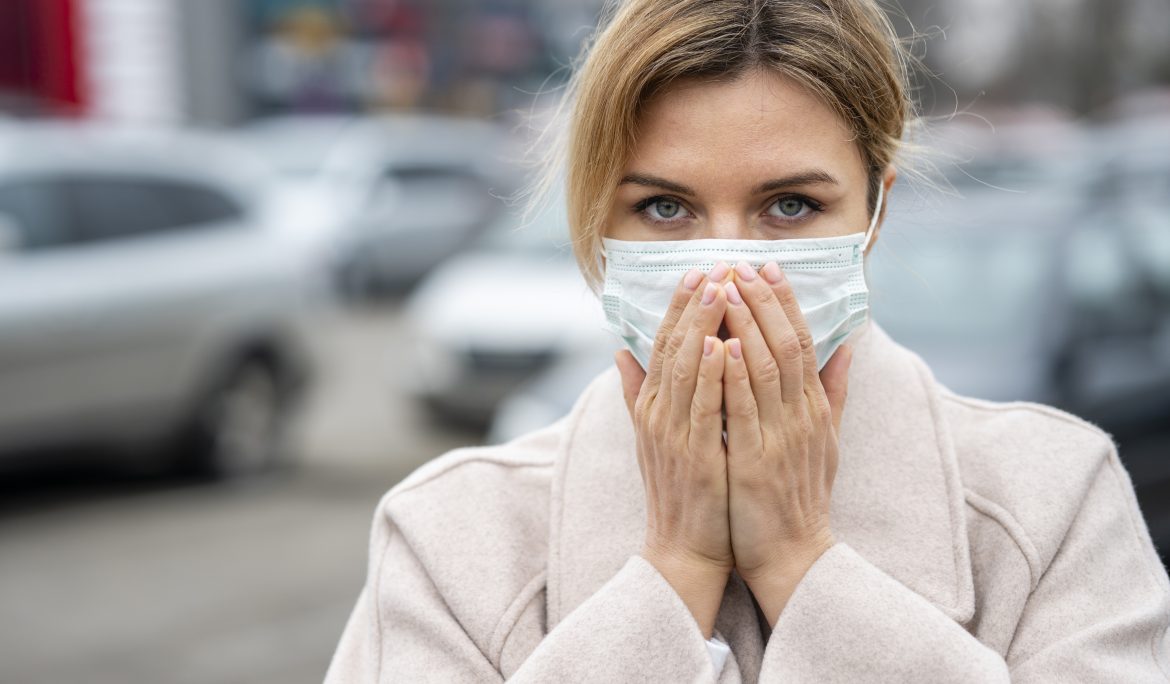
You can’t always see the pollution in the air — but your eyes can feel it.
From traffic exhaust to wildfire smoke, the modern environment is filled with microscopic irritants that directly affect the ocular surface.
At Evolutionary Eye Care, we’re seeing more patients with chronic irritation, redness, and dryness triggered not by screens or allergies — but by air quality.
Here’s how pollution damages your eyes and what you can do to protect them.
What’s in the Air That’s Hurting Your Eyes
Polluted air contains fine particulate matter (PM2.5) — particles small enough to penetrate the tear film and inflame the eye’s surface.
These particles mix with chemicals like ozone, nitrogen dioxide, and sulfur compounds, creating oxidative stress that damages eye cells.
Common irritants include:
Vehicle exhaust
Smoke (from factories or wildfires)
Construction dust and sand
Pollen coated in pollution particles
Even indoors, poor ventilation or air conditioning can trap irritants that dry out your eyes over time.
How Air Pollution Affects Vision
Prolonged exposure to air pollution can cause:
Dry eye syndrome (reduced tear production)
Allergic conjunctivitis (itching and redness)
Corneal irritation (gritty sensation, blurred vision)
Premature ocular aging due to oxidative stress
Increased risk of retinal vascular disease in highly polluted cities
Over time, the eye’s natural defenses — tears, mucin, and surface cells — can weaken, leading to persistent discomfort or vision changes.
Urban vs. Rural Eyes: The Data
Recent studies show that people living in cities with high PM2.5 levels report 50–70% more dry-eye symptoms than those in rural regions.
Children in polluted areas are also more likely to experience early-onset allergic eye disease.
At Evolutionary Eye Care, we emphasize preventive care for patients who commute daily or live near busy roads or industrial zones.
The Role of Blue Light and Pollution Combined
Pollution alone strains your eyes — but when paired with prolonged screen use, the effect multiplies.
Airborne particles reduce tear stability, while digital screens suppress blinking and hydration.
This creates a “perfect storm” for digital dry eye, a growing issue among city dwellers.
💡 Tip: Use artificial tears with antioxidants or lipid layers to strengthen your tear film.
Protecting Your Eyes from Polluted Air
Here are simple, clinically proven ways to minimize pollution’s impact:
✅ Wear wraparound sunglasses or protective eyewear outdoors.
✅ Use a humidifier indoors to restore moisture.
✅ Rinse your eyes or eyelids after exposure to smoke or dust.
✅ Take omega-3 supplements to support tear quality.
✅ Schedule regular eye exams — pollution-related irritation can mimic allergy or infection symptoms.
If you wear contact lenses, talk to your optometrist about materials that resist deposits and maintain oxygen flow in urban environments.
Emerging Research: Antioxidants and Tear Defense
Scientists are now exploring antioxidant eye drops and surface barrier enhancers that help neutralize oxidative stress caused by pollution.
These innovations may soon provide an extra layer of protection for those in high-pollution regions.
At Evolutionary Eye Care, we stay ahead of these advancements to bring safer, more effective options to our patients as they become available.
When to Seek Professional Care
You should book an eye evaluation if you experience:
Persistent redness or irritation
Grittiness or dryness after commuting
Eyes watering excessively outdoors
Blurred vision or sensitivity to light
These may be early signs of inflammation or tear-film instability that can worsen without treatment.









